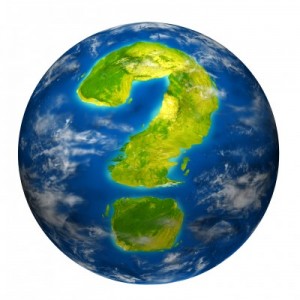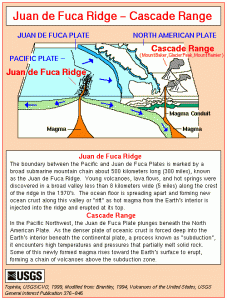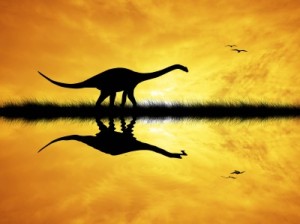
It’s not IF a megaquake will hit the US West Coast, but WHEN.
Humans really know very little about the Earth – how is was made, how many times the axis shifts, when and where earthquakes will occur, how ocean-swallowing subduction zones form, or what our planet will even be like in the next 100 years.
People are just now beginning to realize that something different is happening to the Earth, but they don’t know what or why.
There are patterns in the ancient geologic record that explain why recent Earth events are increasing today, but we have not been paying attention. A few research scientists are beginning to piece things together, and they are warning of the risks of large megaquakes at the fault zones deep beneath the oceans.
Cascadia Fault
One of these very active, and dangerous, fault zones is the Cascadia subduction zone that is 1,300 kilometres (807.78 miles) long, extending from Northern California to Northern Vancouver Island. When this subduction zone finally slips — and this is NOT a matter of IF, but WHEN — the destruction can be compared to what happened during the March 11, 2011 earthquake and tsunami in Japan. The entire length of the Cascadia fault will be impacted, including the cities of Vancouver, Victoria, Seattle, Portland and Sacramento.
Megathrust Quake

Cascadia fault on the Juan de Fuca Plate off the USA Pacific Northwest – USGS
The Cascadia fault is a subduction zone, which is an earthquake zone where one of the Earth’s tectonic plates goes underneath another plate. The Cascadia fault is on the Juan de Fuca Plate, which is one of the most volatile plates on Earth because it is moving under the North American Plate.
An interesting feature of the Cascadia fault zone is that it doesn’t produce small earthquakes that release pressure like we see along the San Andreas fault in Southern California. The Cascadia remains very still and quiet until the pressure builds to the point that the plates slip; this creates a megathrust earthquake of massive proportion.
East Atlantic Ocean

A new subduction zone forms in the Atlantic Ocean off Portugal.
The Atlantic Ocean is a relatively young ocean compared to the Pacific Ocean, and it contains almost no subduction zones; hence, it is relatively, geologically quiet. However, as the axis continues to slip, the Atlantic arena is becoming more active. Two huge earthquakes have occurred around Portugal over the past three centuries (a blink of an eye in Earth time); the first recorded quake was in 1755 and the second quake in 1969. Today, scientists are seeing that something unusual is going on.
More earthquakes are occurring in this part of the world, with many more strong quakes within the Mediterranean Sea.
This ought to get our attention.
Move Over

The last axis shift was 65 million years ago when the dinosaurs roamed the Earth.
It comes as no surprise that after the last polar shift 65 million years ago, our planet’s crust has now become over-crowded again.
When the Earth’s axis slips and the crust repositions, the plates move and “reset.” Since the time of the dinosaurs, the Earth’s axis has not had a substantial slip, and today, the pressure is building globally.
Expect to see more pressure at the earthquake zones, worldwide. Expect to see more movement around the subduction zones. Expect to see more cracking, pushing, and pressure building within the Atlantic Ocean where the Earth’s crust has never shown an increase in pressure like it is today.
Eyes On Portugal
Keep an eye on Portugal because what was once a young transform fault has now matured into a full-blown subduction zone. As the African and Eurasian Plates split the Earth’s crust farther west into the Atlantic, more activity will begin to occur around Portugal, the Canary Islands, and within the Mediterranean Sea.
Head’s-up Europe – it’s coming your way.
